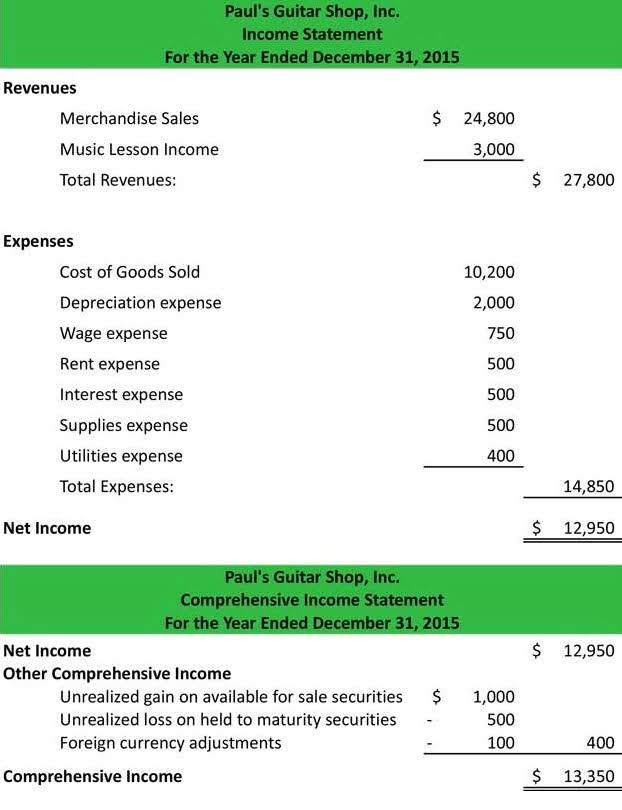
Such fixed costs are not considered in the contribution margin calculations. The contribution margin is the foundation for break-even analysis used in the overall cost and QuickBooks sales price planning for products. Instead of grouping expenses into “cost of sales” and “operating and non-operating expenses”, this income statement groups expenses into “variable costs” and “fixed costs”. While the contribution margin shows what’s left after variable costs, net income (or profit) considers all fixed and non-operating expenses.
What is Contribution Margin Income Statement?

A contribution margin income statement helps you understand which of these items are adding value and which might be eating into your profits. It shows the percentage of sales revenue that ends up as profit after all expenses Bookkeeping for Veterinarians are paid. This includes every cost, from making the product to the company’s rent and advertising. It’s a critical number because it tells you if the company’s actually making money or if it’s losing money.

Contribution Margin Income Statement vs. Traditional Income Statements
- Since a contribution margin income statement doesn’t have to comply with accounting standards, it is much more customizable.
- A low margin typically means that the company, product line, or department isn’t that profitable.
- Your gross profit and contribution margin are different because of the way they allocate costs.
- These cost components should not be considered while making decisions about cost analysis or profitability measures.
- These costs are important because they directly affect how much money a business can make from selling its products.
This means that the production of grapple grommets produce enough revenue to cover the fixed costs and still leave Casey with a profit of $45,000 at the end of the year. The first step to calculate the contribution margin is to determine the net sales of your business. Net sales refer to the total revenue your business generates as a result of selling its goods or services. This means that $15 is the remaining profit that you can use to cover the fixed cost of manufacturing umbrellas. Also, you can use the contribution per unit formula to determine the selling price of each umbrella. Target profit is the point at which net operating income equals a specified amount.
How do you calculate EBIT and EBITDA on an income statement?
- Therefore if there are units that are not sold, a portion of the fixed overhead ends up in inventory.
- A Contribution Margin Income Statement is a specialized financial document that emphasizes the contribution margin of a business.
- Variable costs are direct and indirect expenses incurred by a business from producing and selling goods or services.
- The following are the disadvantages of the contribution margin analysis.
- Chartered accountant Michael Brown is the founder and CEO of Double Entry Bookkeeping.
- Every product that a company manufactures or every service a company provides will have a unique contribution margin per unit.
- That includes production, selling, and administrative expenses as well as non-operating expenses so long as they are variable.
Instead, management needs to keep a certain minimum staffing in the production area, which does not vary for lower production volumes. Once you have calculated the total variable cost, the next step is to calculate the contribution margin. The contribution cm income statement margin is the difference between total sales revenue and the variable cost of producing a given level of output.

These include the cost of goods sold (COGS) as well as selling, general, and administrative costs (SG&A). The two expense categories may contain both fixed and variable costs, which is why it can be useful to separate them using a contribution format statement. A contribution margin income statement is a financial document that separates variable costs from fixed costs, showing how much revenue is left to cover fixed costs and contribute to profit.

This is particularly significant because it suggests the business has a stronger ability to absorb fluctuations in sales volume or variable costs without sacrificing profitability. Beyond product profitability, contribution margin analysis helps assess operational efficiency. Businesses can pinpoint areas where operational costs are eating into profits by examining the relationship between sales revenue, variable costs, and the resulting contribution margin. This visibility allows finance teams to proactively adjust processes, pricing strategies, or cost structures to improve overall efficiency and maximize profitability.


